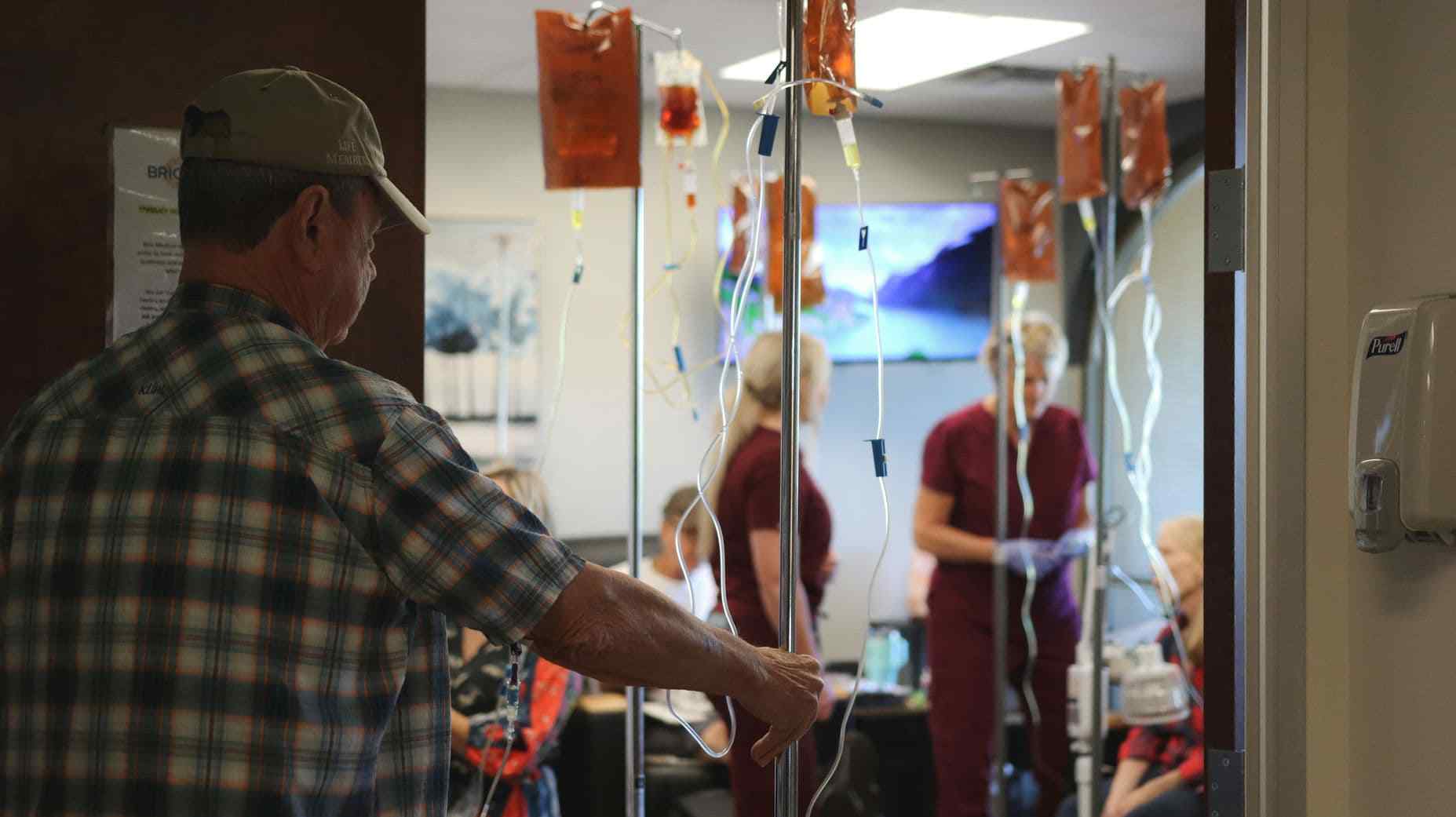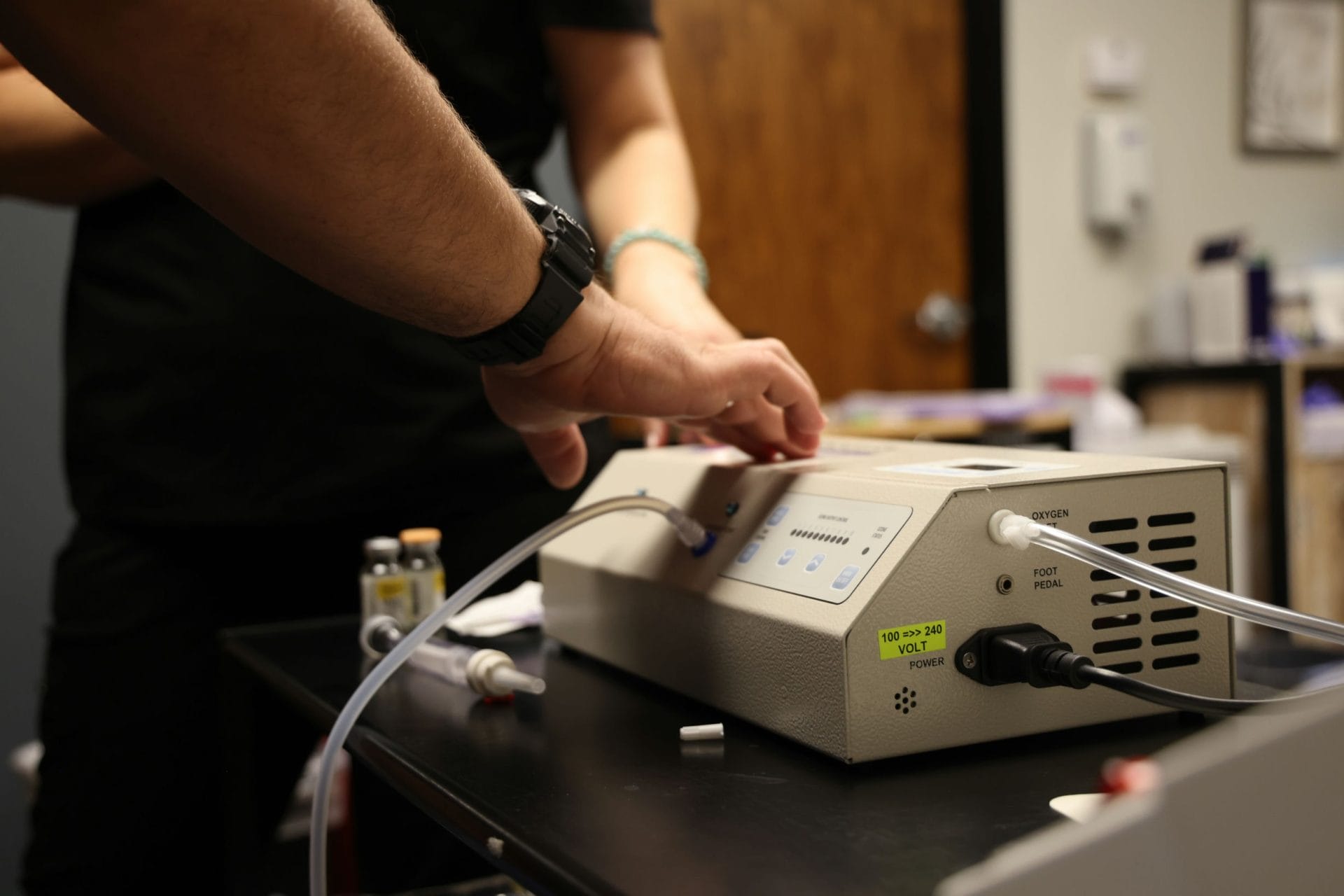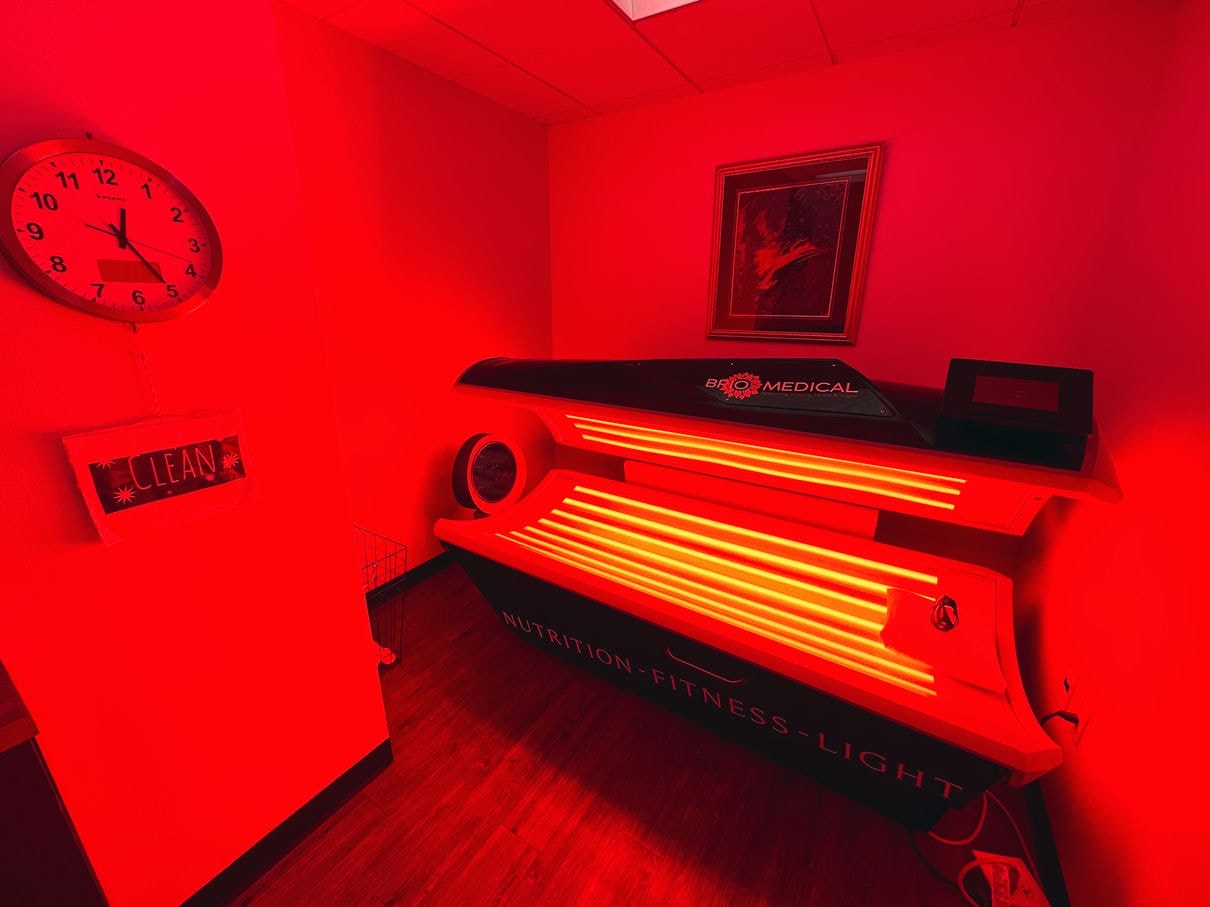The following guide covers effective chemotherapy alternatives for lung cancer.
In the ever-evolving field of medical science, the fight against cancer has shifted from a one-size-fits-all approach to more precise, patient-centric treatments.
This transformation is particularly evident in the search for effective chemotherapy alternatives for lung cancer.
The primary goal of these integrative treatments is to target cancerous cells while sparing healthy ones, thereby reducing side effects and enhancing patients’ quality of life.
In this article, we will delve into eight promising alternatives to chemotherapy for lung cancer, including Vitamin C IV Therapy, Low-Dose Metronomic Chemotherapy, Immunotherapy, BEMER Therapy, Oxygen Therapy, Photodynamic Therapy, Hyperthermia, and Ozone Therapy.
Chemotherapy Alternatives for Lung Cancer
1. Immunotherapy
Immunotherapy is a revolutionary biological therapy that boosts the body’s natural defenses to control and eliminate lung cancer.
It works by training the immune system to recognize and destroy cancer cells, bolstering them, and enhancing the overall immune response.
Immunotherapy, by harnessing the power of the individual’s immune system, accurately targets cancer cells while protecting healthy cells from harm.
As immunotherapy stimulates the immune system, it may cause side effects such as fever, chills, and fatigue. Some types of immunotherapy may cause swelling, weight gain, heart palpitations, or diarrhea.
Compared with Chemotherapy
Unlike chemotherapy, which targets cancerous cells, the immune system continually adapts. Therefore, if a tumor evades detection, the immune system can reassess and launch further targeted attacks.
2. BEMER Therapy
Bio-Electro-Magnetic-Energy-Regulation (BEMER) therapy is a non-invasive, painless therapy that uses a pulsed electromagnetic field (PEMF) to improve microcirculation, enhancing the blood flow through the smallest blood vessels.
This increased circulation improves the supply of nutrients and oxygen to the cells, supports the body’s healing processes, and enhances the disposal of metabolic waste.
BEMER therapy can increase energy levels, improve sleep quality, reduce stress, and support the body’s natural self-regulating processes.
BEMER therapy is generally well-tolerated. However, some patients may experience mild detoxification symptoms such as headache, fatigue, or nausea.
Compared with Chemotherapy
Unlike chemotherapy, BEMER therapy doesn’t kill cancer cells but supports the body’s natural healing and recovery processes.
3. Oxygen Therapy
Oxygen therapy involves administering pure oxygen to patients via a nasal cannula or face mask.
This therapy is based on the premise that a well-oxygenated body is less likely to allow the growth of cancer cells.
Oxygen therapy can help alleviate fatigue, improve sleep, and enhance the overall quality of life for cancer patients.
While generally safe, oxygen therapy can cause minor side effects such as dry or bloody nose, skin irritation, or tiredness.
Compared with Chemotherapy
Unlike chemotherapy, which indiscriminately kills rapidly dividing cells, oxygen therapy increases the amount of oxygen in the body, thus providing a more conducive environment for healthy cells to thrive.
4. Vitamin C IV Therapy
Intravenous Vitamin C therapy, a ground-breaking alternative to traditional chemotherapy for lung cancer, involves directly infusing high doses of vitamin C (ascorbic acid) into the bloodstream.
This treatment has shown considerable promise due to its ability to generate hydrogen peroxide, a potent oxidant capable of destroying cancer cells. Remarkably, this effect is selective, leaving healthy cells unscathed and minimizing side effects.
The targeted action of Vitamin C IV therapy minimizes damage to healthy cells, making it a compelling alternative to traditional chemotherapy.
While generally safe, Vitamin C IV therapy can cause side effects such as nausea, diarrhea, and stomach cramps. In rare instances, it may lead to more severe complications like kidney stones or allergic reactions.
Compared with Chemotherapy
Unlike chemotherapy, which is notorious for its severe side effects, Vitamin C IV therapy is generally well-tolerated, making it a viable option for patients seeking less aggressive treatments.
5. Low-Dose Metronomic Chemotherapy
Low-Dose Metronomic Chemotherapy is a unique treatment approach that leverages insulin to enhance the effectiveness of chemotherapy drugs, allowing for lower doses and consequently, fewer side effects.
Low-Dose Metronomic Chemotherapy specifically targets the insulin receptors on cancer cells, making them more receptive to chemotherapy drugs, and allowing for a more targeted and effective treatment.
Low-Dose Metronomic Chemotherapy offers a more targeted approach to cancer treatment, potentially leading to fewer side effects and enhanced patient comfort.
Patients may experience minor side effects such as low blood sugar or fatigue.
Compared with Chemotherapy
Unlike traditional chemotherapy, Low-Dose Metronomic Chemotherapy uses insulin to potentiate the effect of chemotherapy drugs, thereby enabling the use of lower doses and reducing side effects.
6. Photodynamic Therapy
Photodynamic therapy (PDT) is a form of light therapy that uses a photosensitizing agent, administered orally or via injection, and a specific type of light to kill cancer cells. PDT is a localized treatment, meaning it only affects the area of the body where the light is directed, minimizing damage to healthy tissues.
The high precision of PDT minimizes damage to healthy tissues, making it an effective alternative to traditional chemotherapy.
Potential side effects of PDT include skin sensitivity to light, burns, swelling, and pain.
Compared with Chemotherapy
Unlike chemotherapy, PDT is a non-invasive treatment that selectively targets cancer cells, potentially leading to fewer side effects.
7. Hyperthermia
Hyperthermia involves heating the body or a specific area to high temperatures to damage and kill cancer cells.
This treatment can make cancer cells more susceptible to radiation or harm other cancer cells that radiation cannot damage.
Hyperthermia can enhance the effectiveness of cancer treatments like radiation therapy and chemotherapy.
While generally safe, hyperthermia can cause minor side effects such as discomfort or pain at the treatment site, nausea, vomiting, or diarrhea.
Compared with Chemotherapy
Unlike chemotherapy, hyperthermia targets cancer cells by raising the body’s temperature or a specific body area, making it a more localized treatment.
8. Ozone Therapy
Ozone therapy involves introducing ozone, a form of oxygen, into the body.
This therapy has shown promise in inhibiting the growth of cancer cells by increasing the amount of oxygen in the body, leading to the production of more white blood cells, which play a crucial role in combating cancer.
Ozone therapy can improve patients’ overall quality of life by alleviating some side effects of other cancer treatments.
While generally safe, ozone therapy can cause minor side effects such as shortness of breath or flu-like symptoms.
Compared with Chemotherapy
Unlike chemotherapy, which indiscriminately kills rapidly dividing cells, ozone therapy selectively targets cancer cells, reducing collateral damage to healthy tissues.
Chemotherapy Alternatives for Lung Cancer – Final Thoughts
In conclusion, the era of personalized medicine has brought forth an array of promising chemotherapy alternatives for lung cancer.
These innovative treatments target cancer cells while minimizing damage to healthy tissues, providing hope for improved patient outcomes and quality of life.
However, it’s important to remember that the treatment choice should always be made in consultation with a healthcare professional, considering the patient’s overall health, the type, stage of cancer, and the potential side effects of treatment.
Frequently Asked Questions
What are some chemotherapy alternatives for lung cancer?
Some chemotherapy alternatives for lung cancer include Vitamin C IV Therapy, Low-Dose Metronomic Chemotherapy, Immunotherapy, BEMER Therapy, Oxygen Therapy, Photodynamic Therapy, Hyperthermia, and Ozone Therapy.
What are chemotherapy alternatives?
Chemotherapy alternatives are treatments that do not use chemotherapy drugs. They can include holistic treatments, targeted therapy, immunotherapy, and radiation therapy.
When are chemotherapy alternatives used for lung cancer?
Chemotherapy alternatives may be used for lung cancer when chemotherapy is ineffective or not tolerated, as a first-line treatment, or in combination with chemotherapy.
What are the benefits of chemotherapy alternatives for lung cancer?
Chemotherapy alternatives often have fewer side effects, take a more holistic approach, and can improve the quality of life for lung cancer patients.
What are the risks of chemotherapy alternatives for lung cancer?
The risks of chemotherapy alternatives for lung cancer depend on the specific treatment. However, some potential risks include the treatment not being effective, side effects, and the treatment not being covered by insurance.








